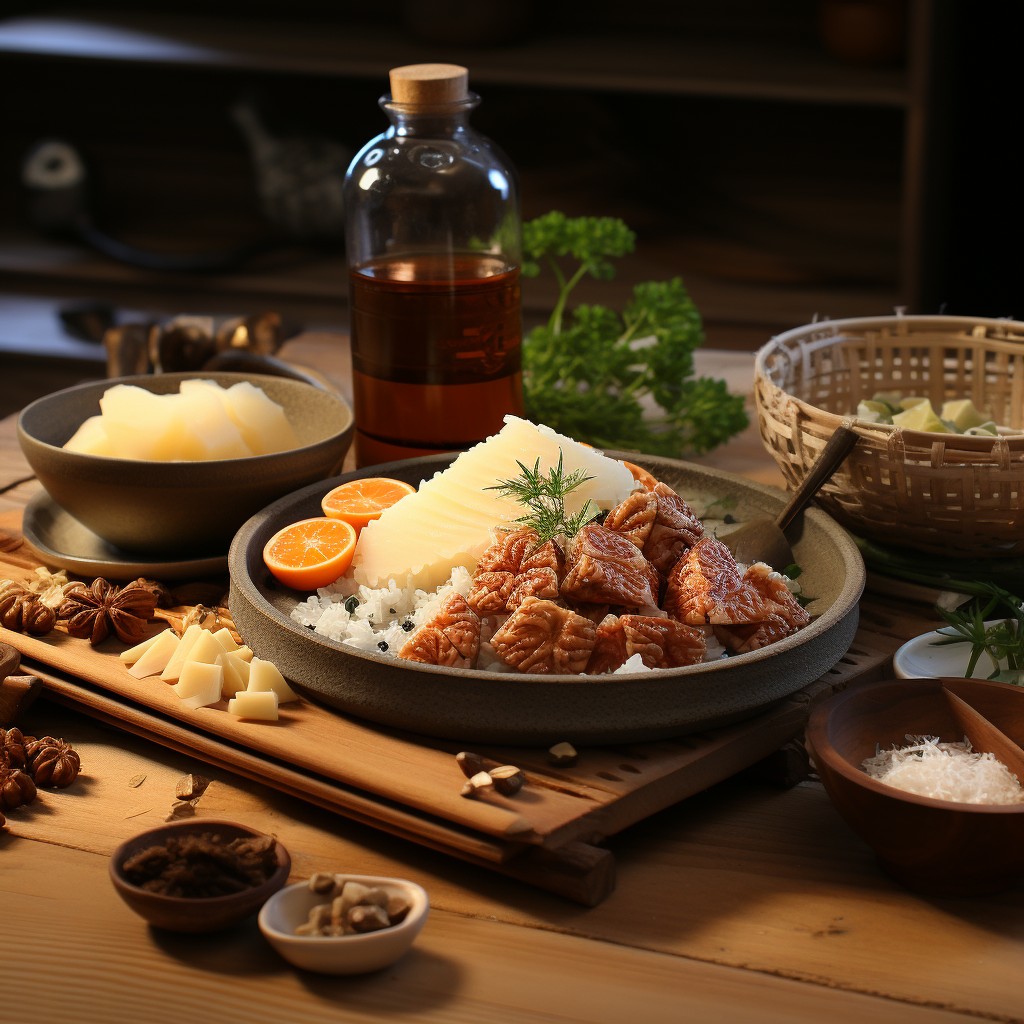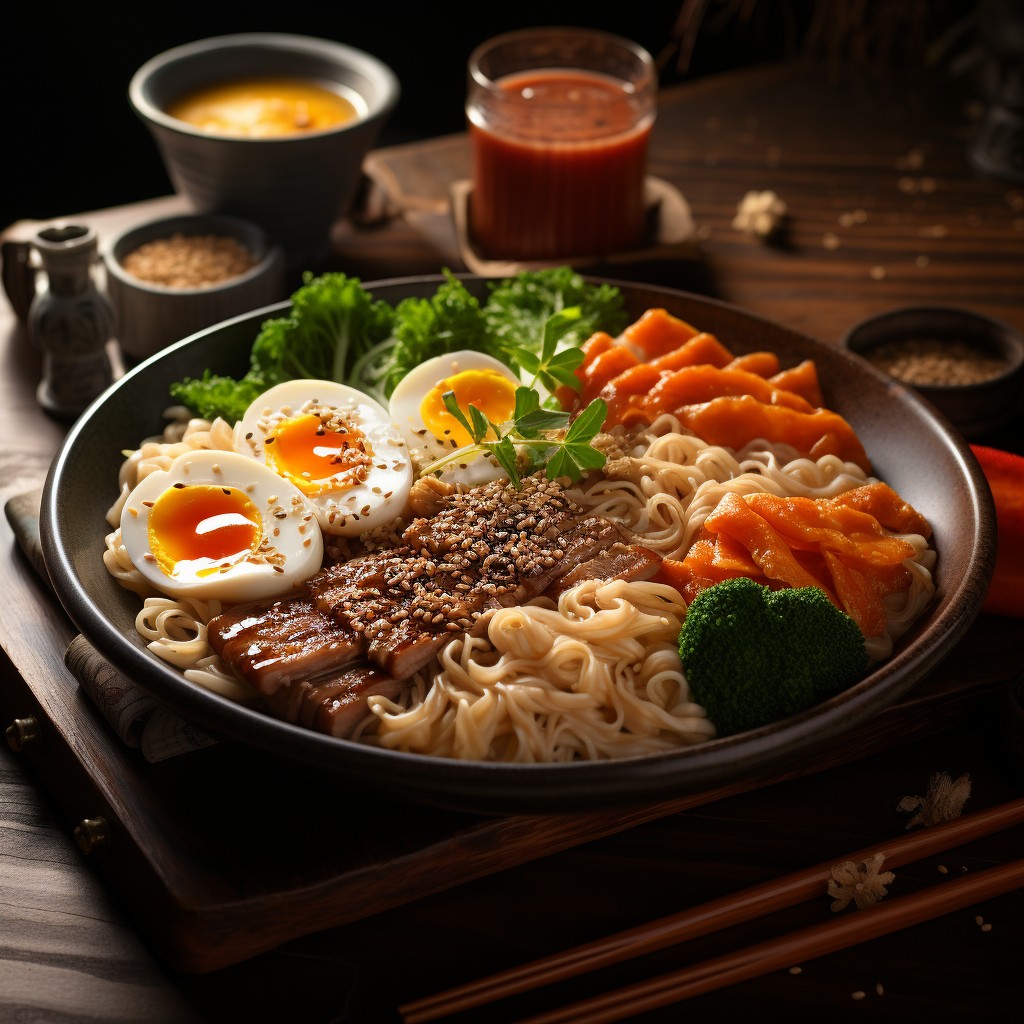Whether you are cooking for friends and family or treating yourself to a delicious meal for one, there are a few essential Japanese ingredients no pantry should be without, and while you can use substitutes if necessary, it’s always good to have authentic ingredients on hand for use in your Japanese dishes.
The key to cooking tasty Japanese food is Ryori Sa Shi Su Se Sois, a term used to describe the five flavors that make up Japanese cooking: sugar (satō), salt (shio), vinegar (su), soy sauce (shōyu/seiyu), and miso. These essential Japanese ingredients are not only foundational in creating authentic flavors but also represent the recommended order to add components for maximum flavor enhancement.
If you don’t have access to a Japanese food store nearby, the best place to shop for your ingredients is at an online Japanese food store. For first-time customers, the sheer range of items on offer might seem a little overwhelming, so to narrow things down, here is a list of basics to help get you started on your Japanese cooking adventures.
Sauces and Stocks
Besides soy sauce (use Japanese brand only for its more delicate and nuanced savory flavor), other sauces to stock up on include ponzu shoyu, a citrus and soy sauce-based condiment – and dashi (or Japanese soup stock), a great multipurpose broth base for a variety of savory dishes.
Condiments
Combining sauces with other ingredients can also be used to create other condiments such as teriyaki, whose sweet and salty flavor is achieved by combining garlic, ginger, brown sugar, mirin, and soy sauce – or mitarashi, a sweet glaze made from sugar and soy sauce primarily used as a thickener to bind foods like mitarashi kushi dango, sweet rice dumplings served on skewers.
Rice
Uruchimai and mochigome are two versatile varieties of starchy, sticky short-grain rice worth having in stock if you want to make any Japanese dish. The first is used to make sushi, rice balls, rice vinegar, and sake, while the second can be used to make a variety of savory and sweet dishes including mochi.
Wasabi
The fiery, fearsome wasabi most of us know isn’t actually “true” wasabi, but horseradish with food coloring added to mimic the color of fresh wasabi, often described as spicy, slightly herbal, and in most cases, quite expensive. Some affordable paste versions use grated true wasabi to get a taste of the real thing. Use in sushi, dips, and sauces for noodles.
Miso Paste
This fermented soybean paste comes in various levels of intensity ranging from white (shiro) miso (the mildest) to “brown rice” or genmai miso, a red miso variety with a nutty taste. Miso can be used in marinades, sauces, glazes, and dressings to add a tasty, salty-sweet hit of umami as well as in soups.
Red Shiso Leaf Powder (Yukari)
Made from beefsteak (or perilla) leaves pickled in plum (ume) vinegar, this piquant, purple powder also contains bacteria-fighting enzymes, making it a useful staple in Japanese kitchens before the invention of the refrigerator. Use it as a colorful garnish or to flavor dishes as a seasoning.
Fermented Rice Drinks
Cooking sake has a lower level of alcohol than traditional drinking sake and, like its lower alcohol cousin mirin, is also made from fermented rice. Both can be used to add depth and richness to marinades, soups, and simmered dishes like Japanese Simmered Fish (Sakana no Nitsuke).
Rice Wine Vinegar
Milder and sweeter in flavor than Western vinegar, rice vinegar is used in salad dressings, sauces, pickles and is also used to add a subtle tang to sushi. Also referred to in Japanese as komezu, the acidity of this all-purpose cupboard staple can be used to balance out other flavors and can also be used to tenderize meat.
Oils
Golden, nutty toasted sesame oil is generally used to add a finishing touch to noodle dishes, although you can also use it in stir fries as well as salads. Japanese chili oil (rayu), is made with sesame oil but infused with chili flakes, making it perfect for those who love their dumplings or ramen with a flavorful kick.
Mushrooms
While fresh is generally best, dried mushrooms (kinoko) are still excellent for adding to simmers and soups. The humid climate of Japan is ideal for mushrooms – yet of the 5000 varieties only around 100 species are edible. In addition to the well-known shiitake mushroom, look for enoki, shimeji, and king oyster varieties to add a deliciously savory depth to your dishes.
Noodles
The four main noodle varieties to start with are ramen (golden flat noodles commonly used in broth), soba (pale brown in color and made from wheat and served either hot or cold) and udon noodles, white, thick noodles typically eaten with kakejiru, a broth made with dashi stock, soy sauce, and mirin rice wine.
Conclusion
Embarking on a Japanese culinary journey requires embracing the traditional flavors and unique ingredients that form the backbone of this rich cuisine. Essential Japanese ingredients are pivotal, whether it’s mastering the art of sauces and condiments, selecting the perfect rice and noodles, or exploring the world of fermented delights. Each element plays a crucial role in authentic Japanese cooking. By stocking your pantry with these essentials, you invite a harmony of tastes into your kitchen, allowing you to delve into an authentic cooking experience. Remember, the secret lies in the balance of Ryori Sa Shi Su Se So, setting the foundation for the exquisite, subtle flavors characteristic of Japanese dishes. So, prepare to cook, savor, and celebrate the culinary treasures that await you in your Japanese cooking adventures.



Leave a Reply